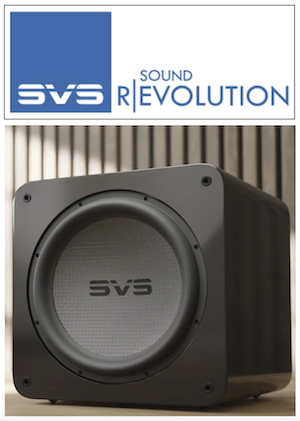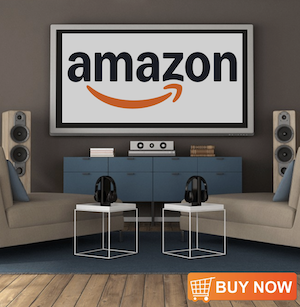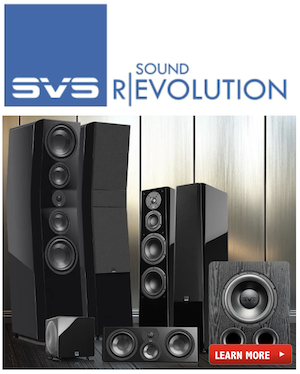Grayson Dere
Moderator
More
- Preamp, Processor or Receiver
- Integra DTR 7.8
- Main Amp
- Class D Audio: SDS-470CS
- Additional Amp
- Shellbrook Audio Hybrid Head headphone amp
- Universal / Blu-ray / CD Player
- Sony UBP-X700
- Streaming Subscriptions
- Origin Live Aurora MKIII turntable
- Front Speakers
- Vandersteen Model 2
- Subwoofers
- SVS PB-2000
- Other Speakers
- Grado SR 325is headphones
- Screen
- Elite Screen 120"
- Video Display Device
- JVC DLA-X75
Hi everyone!
I've been using home theater calibration discs for many years to tune my display but recently I've been curious to learn what opinions you all have as to the actual accuracy one can expect when using a disc such as Spears and Munsil, THX, or DVE (Digital Video Essentials), etc... One day I'll probably jump for a CalMan/SpectraCal setup but for now it's out of my reach financially.
One question I do have regarding using the video calibration discs is when I'm using the blue filtered viewer (THX optimizer disc). When I'm adjusting color and tint sometimes it's very difficult to discern by eye any change to the picture quality unless I do large jumps in the + or - direction. Is this the main drawback of using said discs? I bet a hardware calibrator would be able to see the slight nuances the eye has a tough time to detect. Am I even performing a proper calibration without calibration hardware?
Thanks for all your advice!
I've been using home theater calibration discs for many years to tune my display but recently I've been curious to learn what opinions you all have as to the actual accuracy one can expect when using a disc such as Spears and Munsil, THX, or DVE (Digital Video Essentials), etc... One day I'll probably jump for a CalMan/SpectraCal setup but for now it's out of my reach financially.
One question I do have regarding using the video calibration discs is when I'm using the blue filtered viewer (THX optimizer disc). When I'm adjusting color and tint sometimes it's very difficult to discern by eye any change to the picture quality unless I do large jumps in the + or - direction. Is this the main drawback of using said discs? I bet a hardware calibrator would be able to see the slight nuances the eye has a tough time to detect. Am I even performing a proper calibration without calibration hardware?
Thanks for all your advice!













